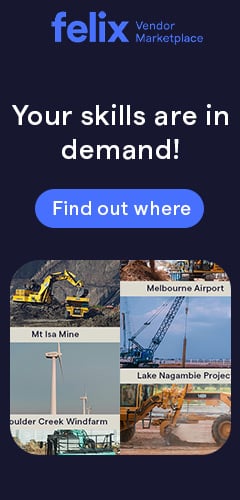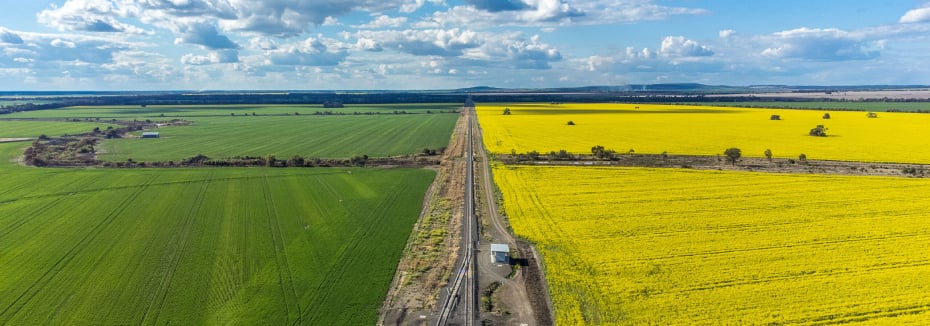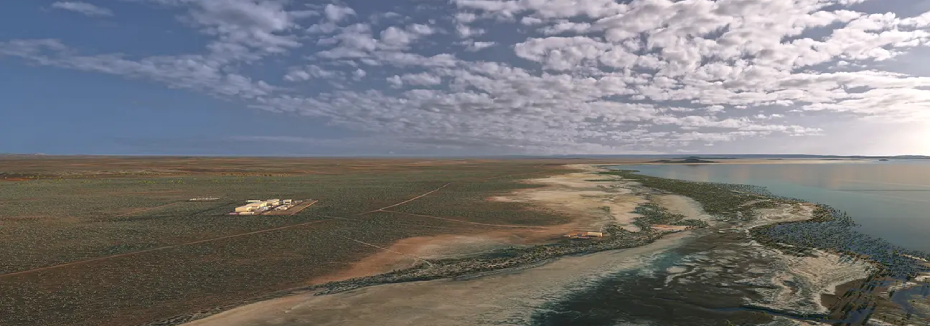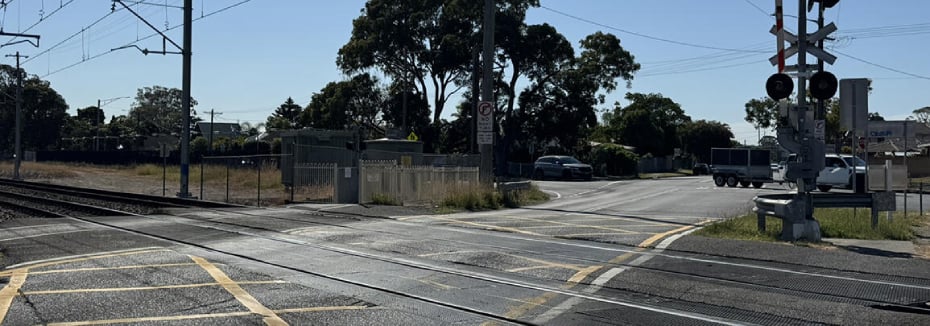Ensuring the safety of yourself and your workers on site will help you avoid injury and project delays. As safety and the prevention of hazards is an important component of any project, a lot of research and money has gone into finding solutions to potential safety issues. Technology has emerged as a leading contributor to the effort of improving onsite safety.
Drones and Robotics
Drones are a valuable tool for recording aerial photos and 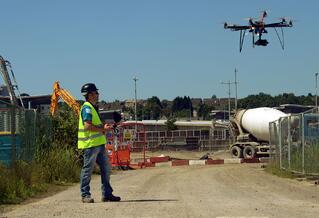 videos which are used for various purposed, such as completing safety checks. This piece of technology reduces the risk placed on humans as they no longer need to physically walk across jobs sites doing inspections which can expose them to potential hazards.
videos which are used for various purposed, such as completing safety checks. This piece of technology reduces the risk placed on humans as they no longer need to physically walk across jobs sites doing inspections which can expose them to potential hazards.
Robots are used to haul heavy or awkward materials in order to prevent injury resulting from manually completing these tasks. robots have been created and tailored to complete certain jobs which place extensive strain on the human body. Brick laying is a trade that can have a damaging effect to a person - with a automated 3D brick and block laying system a robot can read designs, load, cut, rotate and place up to 1000 bricks per hour. Something that would take a human days with large amounts of physical strain.
3D printing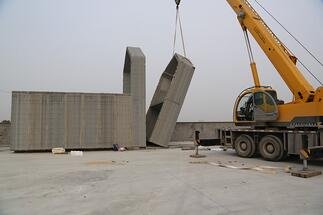
3D printing is growing from creating small to creating large scale objects and the construction industry is beginning to take advantage of this revolutionary technology. With the ability to design a digital file and then 3D print components of a project this will cut down construction time and increase safety due to a decrease in human error. Entire projects are now being 3D printed including bridges, houses and high rises! With the ability to print projects this will eliminate the need for humans to conduct some of the more dangerous tasks.
Software and Apps
 A range of apps and software systems have been created with the goal of increasing onsite safety.
A range of apps and software systems have been created with the goal of increasing onsite safety.
Virtual design and construction (VDC) - provides a visual representation of the site before anyone sets foot onsite allowing project teams to evaluate risks before construction begins
SafetyNet - Collects, analyses and circulates safety information as well as looking at data from jobs sites across the world to identify risk patterns and predict injuries.
Raken - A tool used to keep project teams in touch at all times and allows safety notifications to be automatically sent to team members, alerting them of incidents, warnings or risks.
Smart devices
 Whether working in the office or on site, people in the construction industry have a smart device within reach at all times. This technology has swept through all industries and is a key tool for communication, document transfer, collaboration and most importantly safety alerts. With the use of smart phones and tablets construction workers have access to hundreds of tools to help them with their daily tasks. New smart devices are arising as technology advances and we're seeing great improvements for the construction industry. Google's Project Tango has the ability to understand space and motion by using sensors to creates 2D models of a space. This allows for surveying and risk assessment of spaces without putting workers in danger.
Whether working in the office or on site, people in the construction industry have a smart device within reach at all times. This technology has swept through all industries and is a key tool for communication, document transfer, collaboration and most importantly safety alerts. With the use of smart phones and tablets construction workers have access to hundreds of tools to help them with their daily tasks. New smart devices are arising as technology advances and we're seeing great improvements for the construction industry. Google's Project Tango has the ability to understand space and motion by using sensors to creates 2D models of a space. This allows for surveying and risk assessment of spaces without putting workers in danger.
With advancements in technology, those within the construction industry can now use software, mobile devices, robots and more to help mitigate risk and reduce onsite liabilities. Reducing injuries to workers will increase productivity, keep projects on track and give workers and their loved ones piece of mind. With onsite safety being such an important part of any project, we believe you should cover all your bases and be prepared even with the availability of these new technologies. We have created a risk assessment checklist to help you further improve your onsite safety practices.

Recent Articles
NSW Govt approves Inland Rail Narrabri to North Star Phase 2 project
Delivery of the second phase of Inland Rail in New South Wales will soon get underway as the State Government gives the green light to the Narrabri to North Star Phase 2 project.
New significant milestones reached on proposed Northern Water Project
Two significant milestones have been achieved on the proposed Northern Water desalination plant in South Australia.
Plans unveiled for major upgrade to NSW Rawson Rd level crossing
The New South Wales Government has unveiled plans for a major upgrade at Rawson Road and Railway Street in Woy Woy to make one of the Central Coast’s level crossings safer.
Get the latest project news
- updates on Australia's pipeline of state and federal projects
- fresh contract awards from major contractors and builders
If you're looking to contact us about other matters, please contact us.

